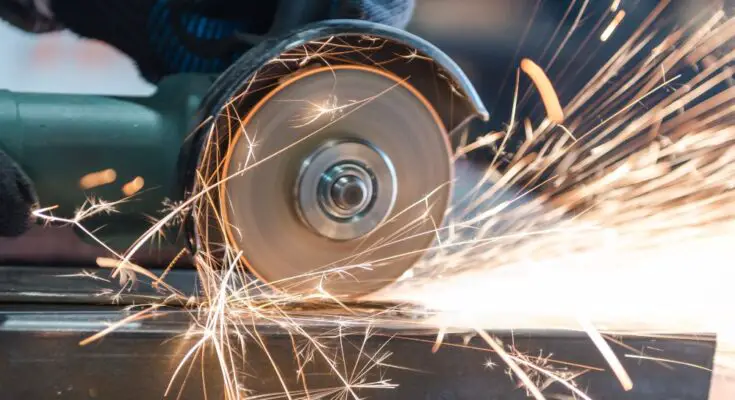If you depend on metal cutting tools, keeping them in top condition is important. Preventive maintenance is beneficial for metal cutting, and it’s more than your tools performing their best while extending their lifespan. This guide walks you through preventive maintenance for your metal-cutting tools so you can focus on producing high-quality work.
Clean Your Tools Regularly
Cleaning metal cutting tools after each use is one of the simplest yet most effective maintenance habits. Cutting generates debris, residue, and sometimes coolant buildup that can affect performance and cause corrosion. After use, wipe your tools with a soft cloth to remove residue.
For more stubborn grime, use a recommended cleaning solution and a brush. Regular cleaning prevents unnecessary wear and helps tools deliver consistent results.
Lubricate Moving Parts
Friction is one of the biggest enemies of any moving part in metal cutting tools. Over time, it can cause parts to wear out or stick, reducing efficiency. Apply the appropriate lubricant to bearings, joints, and other moving parts to keep them operating smoothly.
Consult your tool manufacturer’s recommendations for the best type of lubricant to use. A well-lubricated tool minimizes friction, reduces the risk of breakdowns, and performs more effectively.
Sharpen Cutting Edges
A dull blade won’t just slow you down; it can compromise the quality of your cuts and even cause damage to the material you’re working on. Regularly sharpening the cutting edges keeps them sharp and ready to tackle tough jobs.
Overworked or uneven edges result in inefficient cutting and increased tool wear. If sharpening isn’t something you can do in-house, having a professional service handle it is a worthwhile investment.
Check for Damage
Whether it’s cracks, chips, or misalignment, damage can reduce the performance of your metal-cutting tools or even render them unsafe for use. Make it a point to inspect tools before and after operating them.
Look for visible damage on edges or moving parts and test the alignment if applicable. Catching small issues prevents bigger problems and helps you maintain precision in your work.
Store Tools Properly
Proper storage protects your tools when they’re not in use, keeping them dry and free from damage. Moist environments can lead to rust, while tools thrown in a pile risk getting chipped or misaligned.
Use racks, cabinets, or cushioned containers to organize your tools. Assigning specific spots for each tool also reduces time wasted searching for them, helping keep your workspace efficient.
Taking care of your metal-cutting tools is essential for consistent performance and long-term savings. Regular preventive maintenance helps you get the most out of your tools while maintaining the quality of your work. Start implementing these practices today and experience better results with every cut. Take your workflow to the next level by treating your tools like the essential investment they are.



